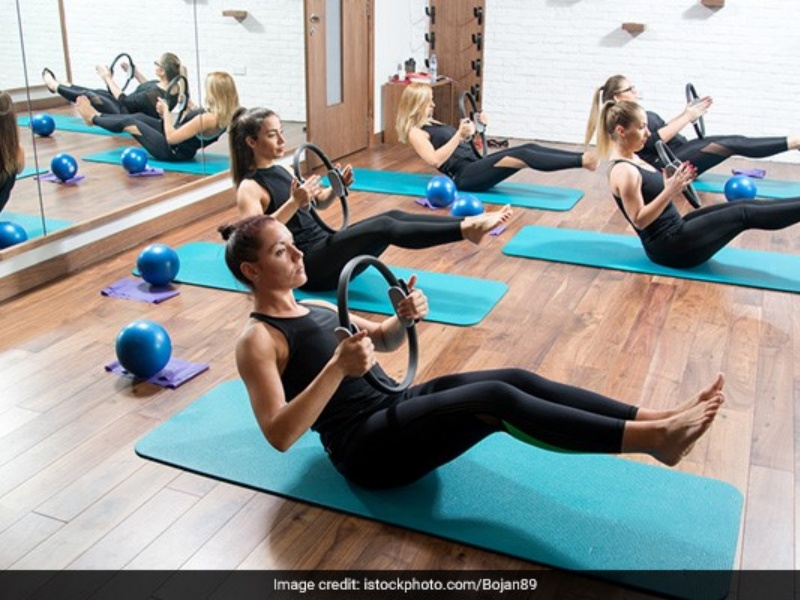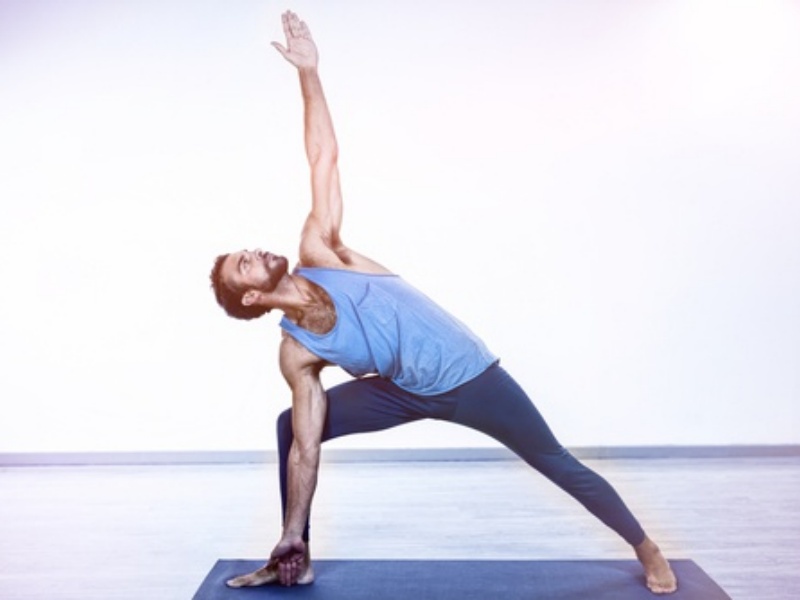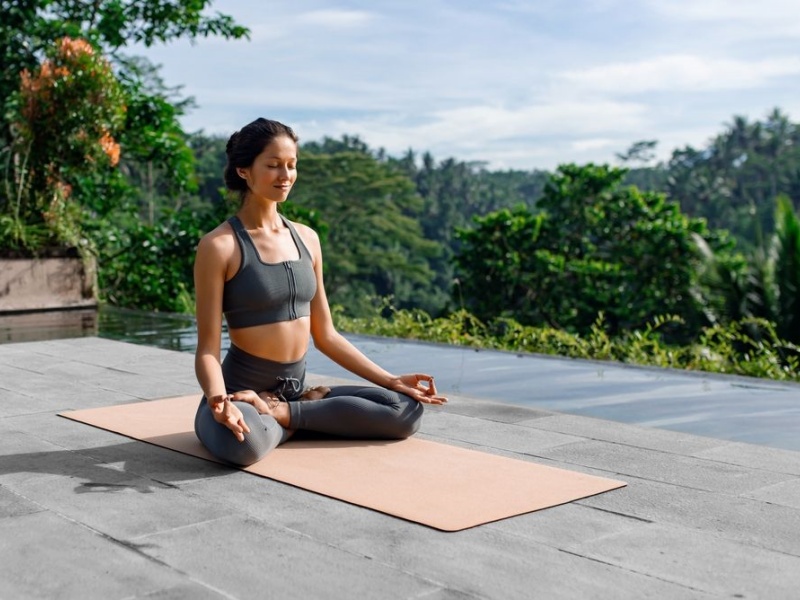What You Need To Know About Yoga And Pilates For Holistic Wellness
What is Yoga?
Yoga is an ancient practice that originated in India over 5,000 years ago. It combines physical postures (asanas), breath control (pranayama), and meditation to foster a holistic sense of well-being. Yoga is known for its ability to enhance flexibility, strength, and balance while promoting relaxation and mental clarity. Different styles of yoga, such as Hatha, Vinyasa, and Ashtanga, cater to various fitness levels and preferences.
What is Pilates?
Pilates, developed by Joseph Pilates in the early 20th century, focuses on core strength, stability, and body alignment. It utilizes controlled movements, often performed on a mat or specialized equipment like the Reformer, to enhance muscle tone and improve posture. Pilates emphasizes the connection between mind and body, promoting awareness and control over physical movements.

Key Differences Between Yoga and Pilates
1. Focus: Yoga emphasizes flexibility, balance, and mental well-being, while Pilates concentrates on core strength, stability, and alignment.
2. Breath: In yoga, breath is integral to each pose and meditation, fostering relaxation and mindfulness. In Pilates, breath is used to facilitate movement and enhance core engagement.
3. Movement Style: Yoga often includes flowing sequences and holds, whereas Pilates focuses on precise, controlled movements that target specific muscle groups.

How to Incorporate Yoga and Pilates into Your Routine
1. Set Clear Goals: Determine what you want to achieve with your practice. Whether it’s improved flexibility, strength, or stress relief, having clear goals will guide your journey.
2. Try Different Classes: Explore various styles of yoga and Pilates to find what resonates with you. Attend beginner classes to build a solid foundation before progressing to more advanced sessions.
3. Create a Balanced Schedule: Consider incorporating both yoga and Pilates into your weekly routine. For example, practice yoga for flexibility and relaxation on certain days, and Pilates for strength and core work on others.
4. Listen to Your Body: Pay attention to how your body feels during and after each session. Modify poses or movements as needed to prevent injury and ensure a safe practice.
5. Practice Mindfulness: Both yoga and Pilates encourage mindfulness. Focus on your breath and body awareness during each session to enhance your overall experience.
Conclusion
Yoga and Pilates are powerful practices that can significantly enhance your physical and mental well-being. By understanding their unique benefits and incorporating them into your routine, you can achieve a balanced approach to fitness and wellness. Whether you seek relaxation, strength, or flexibility, both yoga and Pilates offer valuable tools to support your holistic health journey. Embrace these practices and discover the transformative effects they can have on your life!




